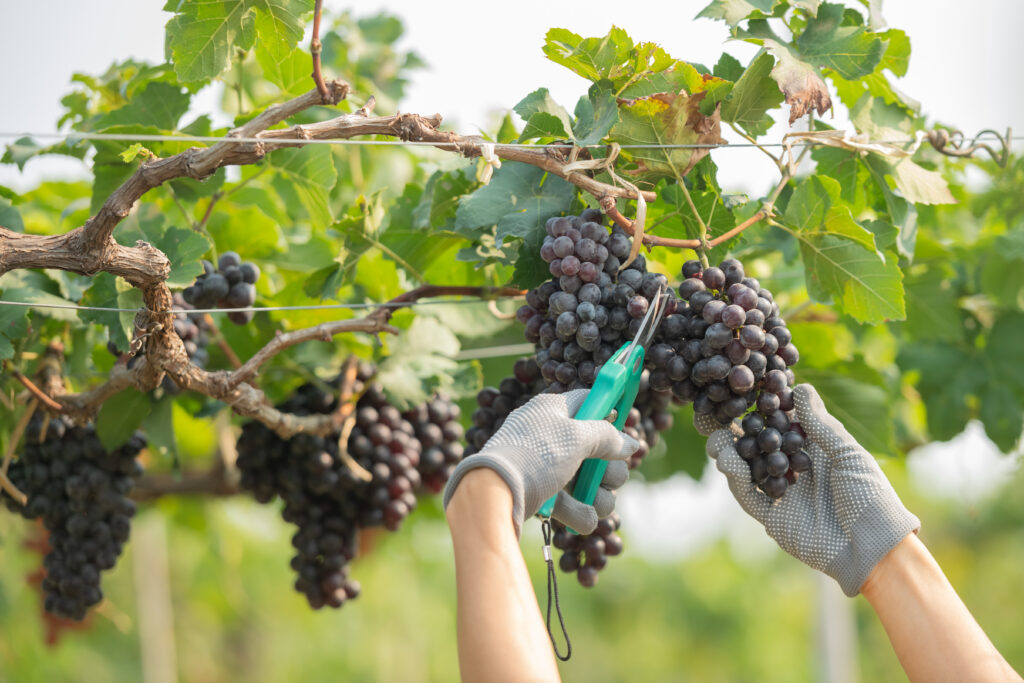
It is said that good wines improve with time. Similarly, the benefits of new technologies increase with experience. The wine industry still shows low levels of digital transformation maturity: according to a 2021 survey by the International Organization of Vine and Wine (OIV), sector companies consider themselves to be at a medium stage compared to other segments like coffee or oil. This means high growth potential and the adoption of innovation to disrupt the business.
IoT sensors, for example, are beginning to multiply, providing real-time information on soil conditions, winery temperatures, or the status of various transport vehicles. It is even expected that soon, the bottle itself will become a source of information, emitting data on its location, humidity and temperature conditions, or its last purchaser. It will also include a QR code and augmented reality elements for consumers to learn about the vineyard’s characteristics or discover the step-by-step production process. In the OIV survey, this appears as the top priority for wineries.
Towards an AI Learning Model
AI, in turn, allows for the use of weather predictions, forecasting demand, and promoting corresponding production, monitoring and managing crops to maximize yield, or even assessing soil quality. AI uses input information such as satellite images, geolocation data, and drone images to easily collect data on water scarcity, disease pressure, or vineyard maturity, allowing for preventive or corrective actions in almost real-time. These are alternatives that large sector companies have been using for a long time, so the OIV study suggests it’s time for smaller organizations to begin adopting them.
Additionally, there is an expected increase in the use of robots dedicated to fertilization, harvesting, inventory control, or movements within the winery. Meanwhile, LiDAR remote imaging technology is useful for mapping vineyard structures in 3D and designing, with the help of automation, processes that streamline movements or prevent accidents.
Digitalization in Every Sense
Another key technology driving innovation is blockchain: these immutable and unalterable records used in transactions involving multiple parties enable a new era of traceability and transparency for all types of operations. Among other benefits, they allow tracking production and distribution from end to end, ensuring the quality of raw materials, and helping to reduce fraud and counterfeiting. In this sense, electronic certificates are also highlighted to eliminate paper and digitalize all fiscal and tariff-related documentation for exports. For example, top premium wines are already sold under this technology.
One of the major challenges in digitalization in the wine industry is ensuring that SMEs are not left out of the phenomenon and can remain competitive, innovative, and productive: in Argentina alone, according to the Ministry of Economy, this segment is responsible for 37% of the wine and grape-related exports.
All these technological advancements point in the same direction: more efficiency in business processes, higher vineyard yield, more product traceability, more efficient use of resources (leading to greater sustainability), and, of course, better wine quality. Therefore, to the advances in digital transformation in the wine industry, we say… Cheers!

